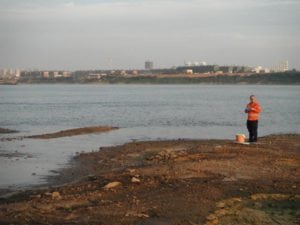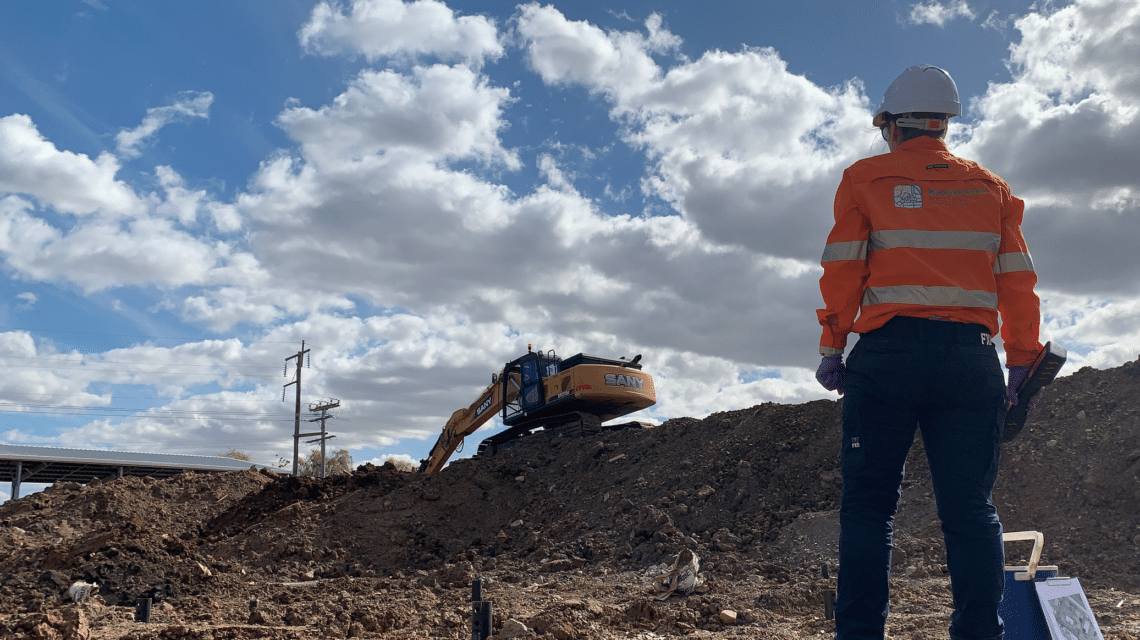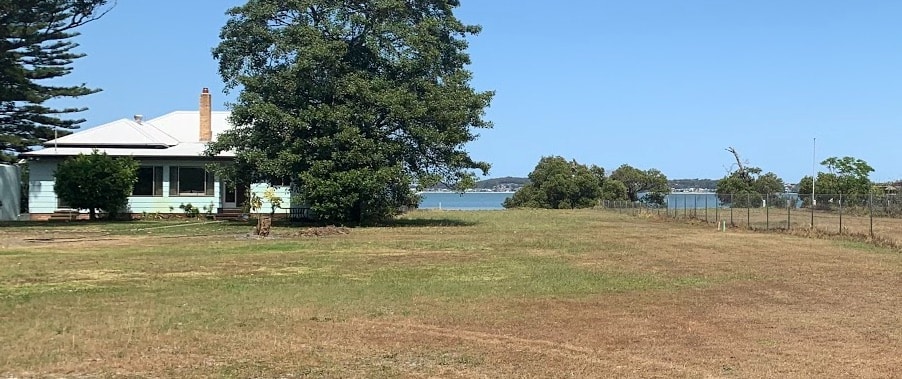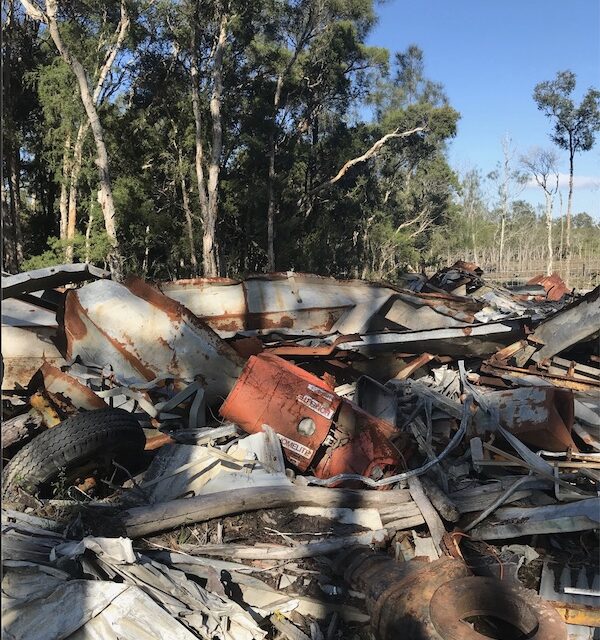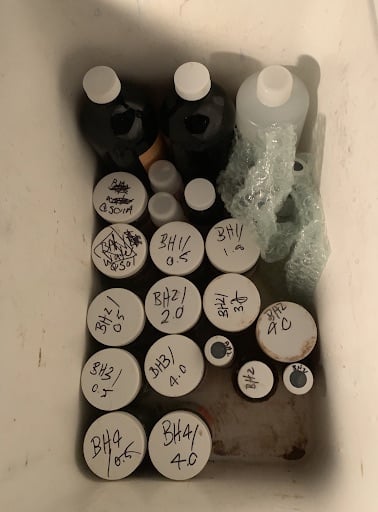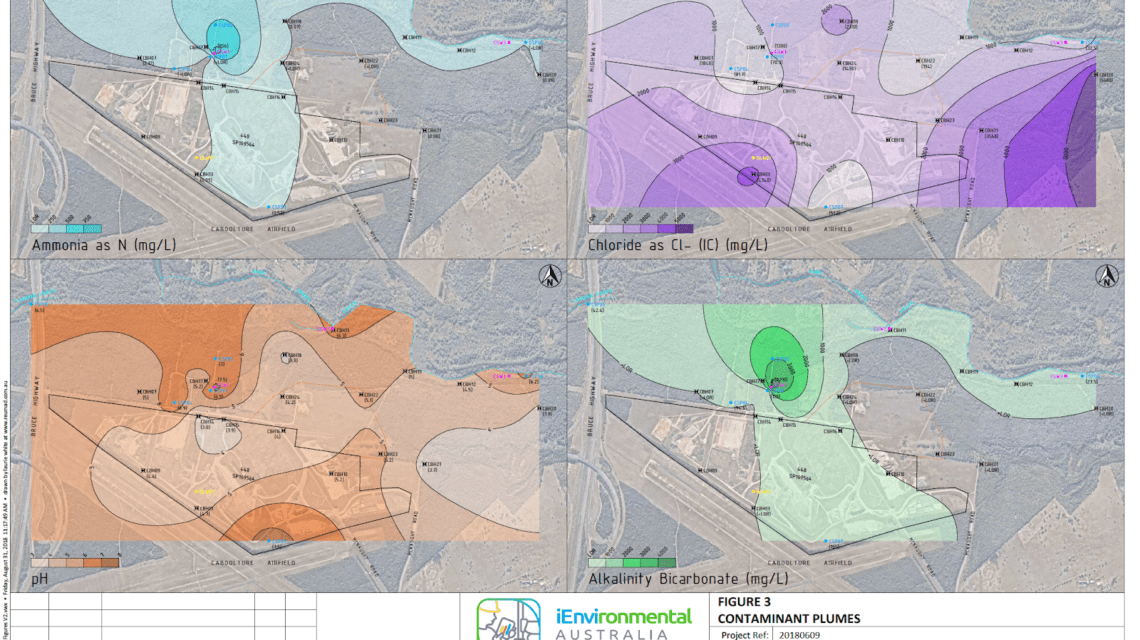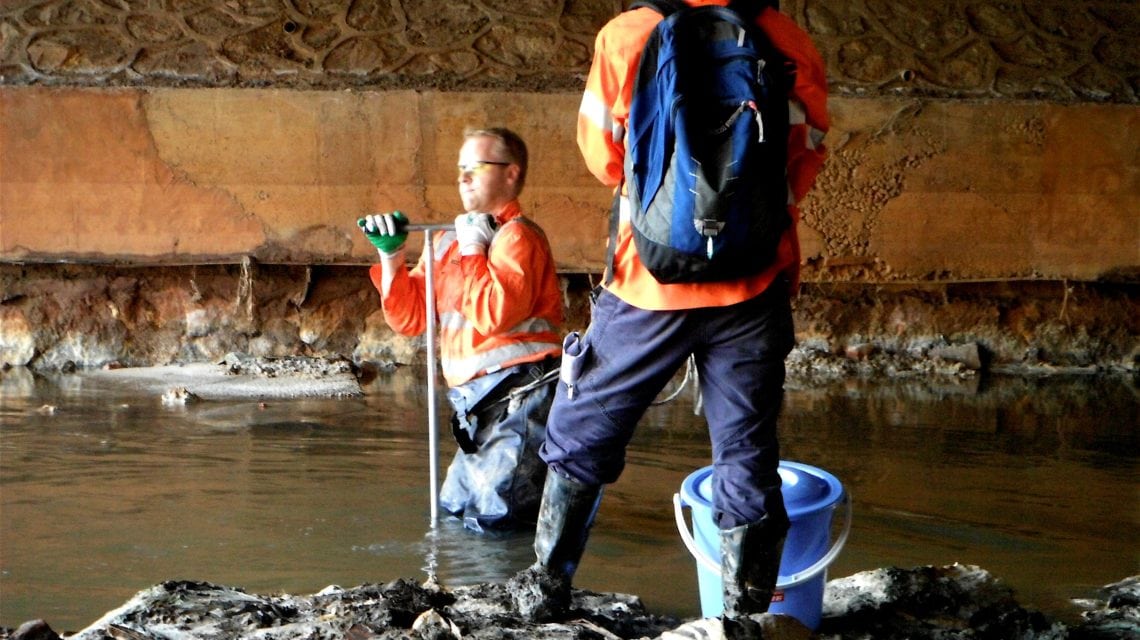
Effective Soil Remediation Techniques Effective soil and groundwater remediation strategies are essential for safeguarding human health and the environment, especially in regions impacted by industrial pollution. Discover the secrets to restoring our planet’s soil and water—before it’s too late! In Situ Remediation Technologies In situ remediation involves treating the contaminated soil without removing it from
read more
